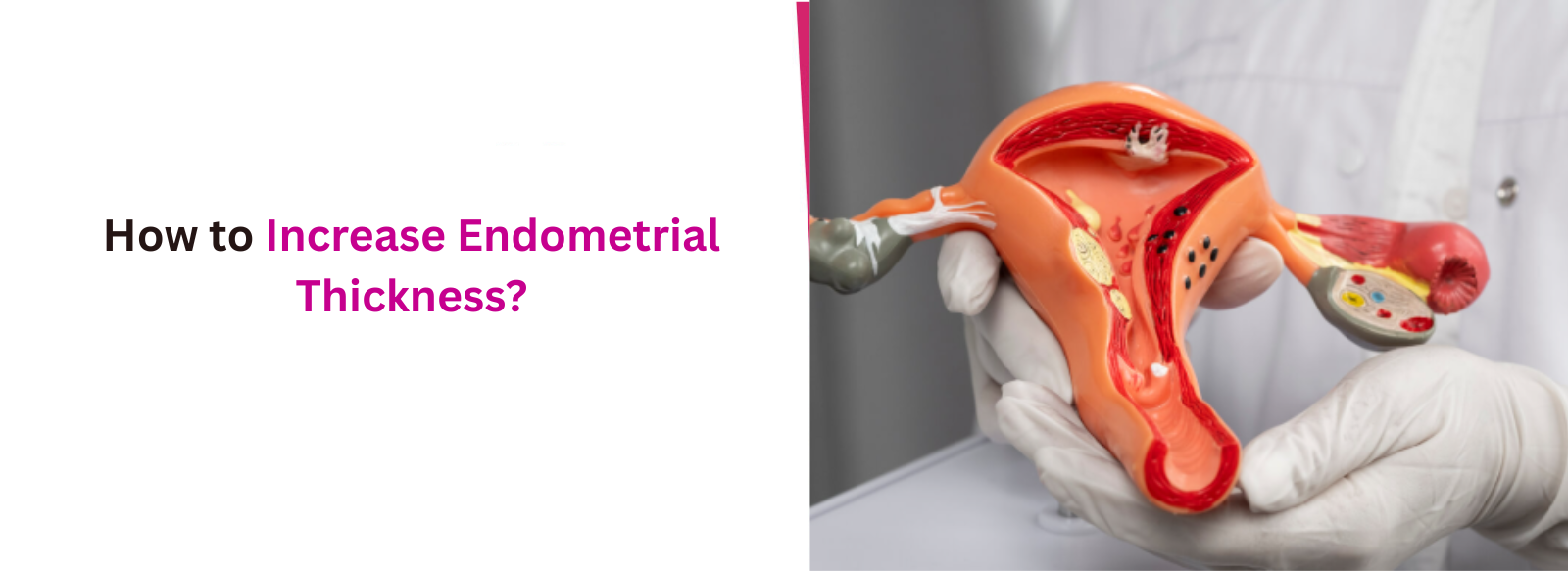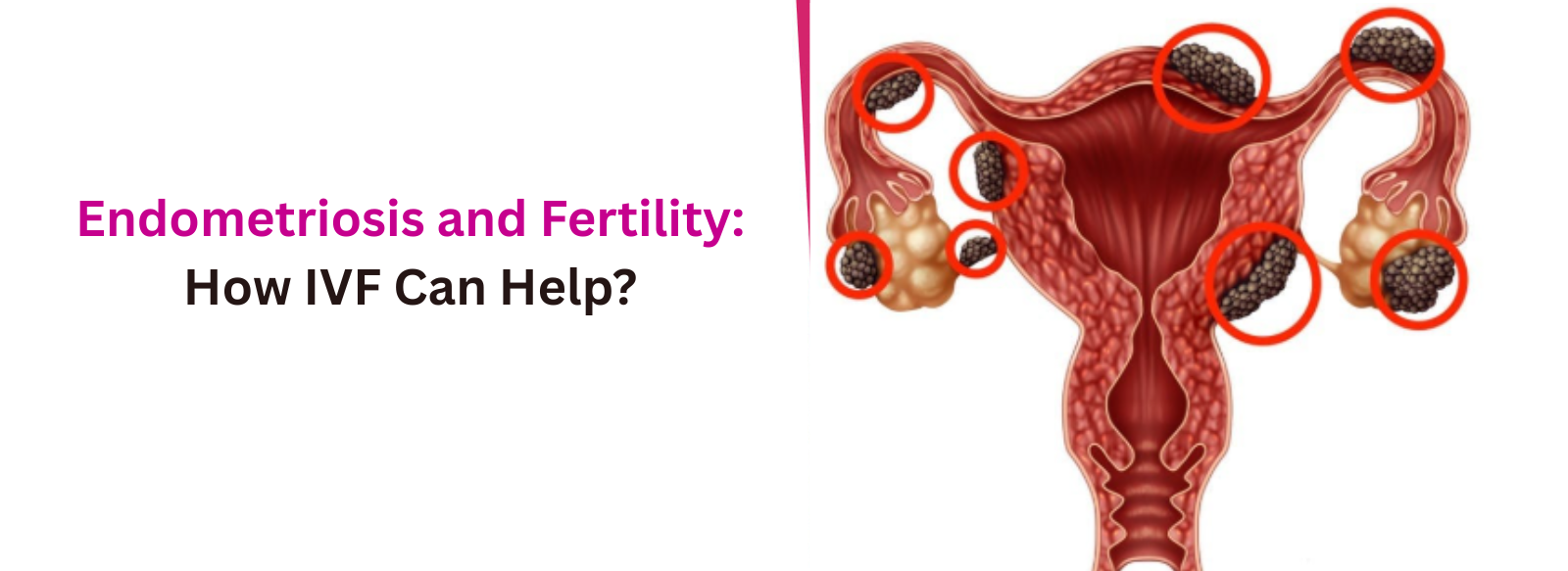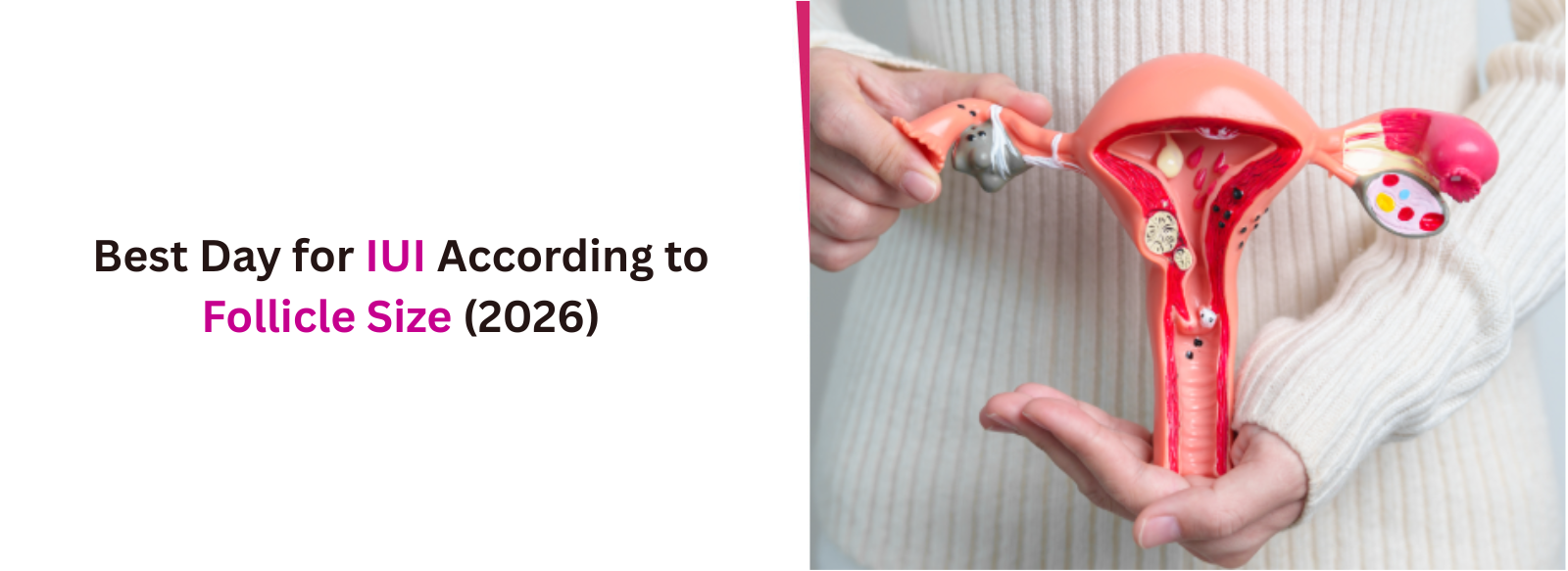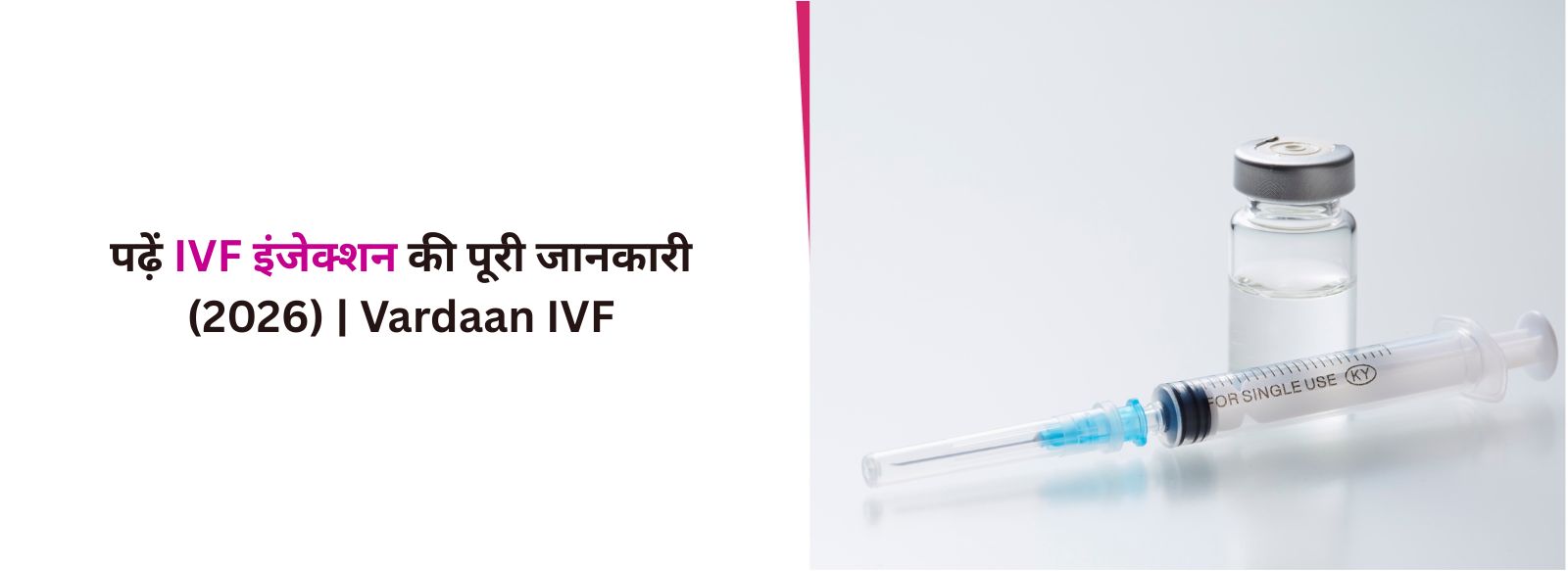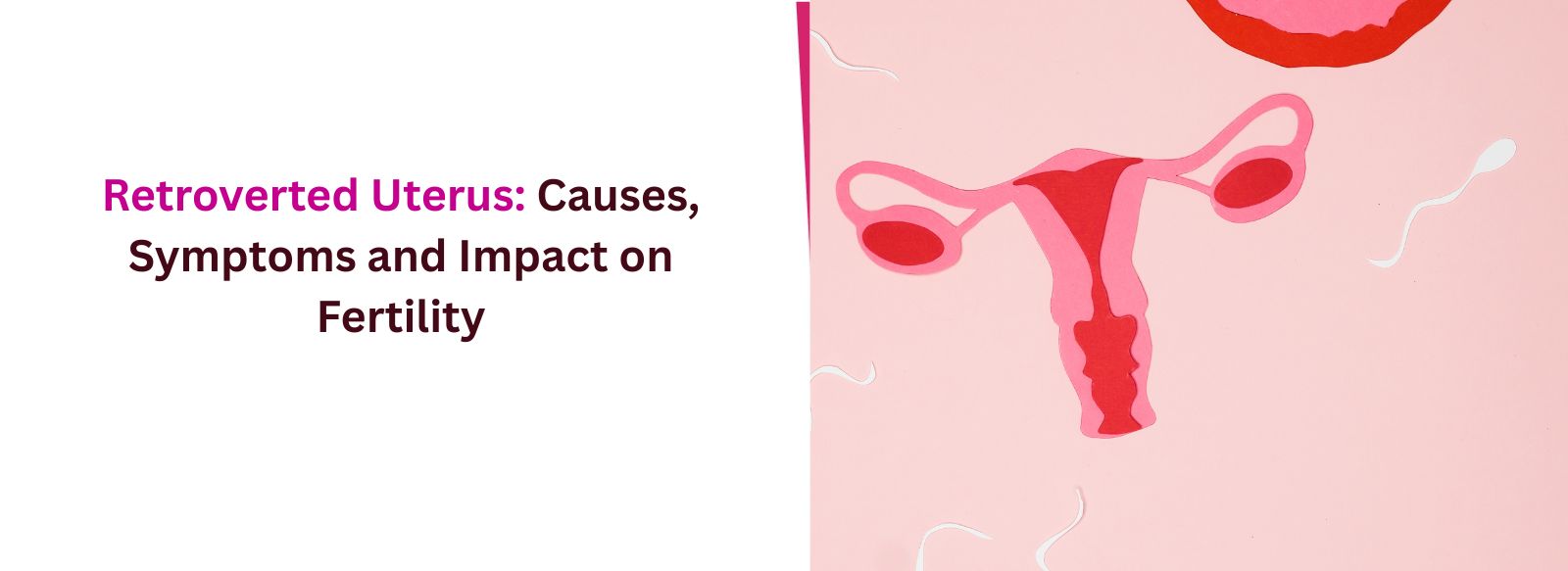Azoospermia: Causes, Diagnosis & Treatment Options
Azoospermia is the medical term used when there are no sperm in a man’s ejaculate (semen). It is an uncommon but severe form of male infertility, affecting about 1% of the overall male population and 10% of men facing fertility issues. The most suitable direction of treatment for azoospermia depends on the exact cause of the condition and the fertility potential of the female partner.
Here, we discuss azoospermia in detail, its possible treatment options, and the assisted reproductive techniques (ART) that can help affected men have a genetic child.
Types of Azoospermia
Azoospermia can be classified into different types, each with its own causes and associated medical conditions.
Pre-testicular Azoospermia
This non-obstructive form can result from genetic disorders such as Kallmann syndrome, which affects the body’s ability to produce gonadotropin-releasing hormone, impacting sperm production. Brain-related issues, particularly damage to the pituitary gland or hypothalamus, can also lead to this condition.
Testicular Azoospermia
This type is also non-obstructive and occurs due to problems within the testicles themselves. The testes may not respond properly to hormonal signals from the brain needed for healthy sperm production.
Post-testicular Azoospermia
This obstructive form accounts for about 40% of azoospermia cases. Obstruction may occur due to a missing connection in the vas deferens or epididymis, which store and transport sperm.
Causes of Azoospermia
Obstructive Causes
-
Epididymal blockages: Can result from infections (epididymitis), inflammation, scrotal trauma, or rare genetic conditions.
-
Retrograde ejaculation: Sperm flows into the bladder instead of the penis.
-
Enlarged varicocele: Can obstruct the reproductive tract.
-
Ejaculatory duct blockages: May be congenital or occur due to infections, trauma, or prior surgery.
-
Surgical complications: Procedures such as vasectomy or hernia repair may cause blockages.
-
Cyst formation: Can obstruct sperm flow.
Non-obstructive Causes
-
Genetic factors: Mutations like Kallmann syndrome, Klinefelter syndrome, etc.
-
Y chromosome deletions: Essential for sperm formation; deletion prevents sperm production.
-
Toxin and radiation exposure: Chemotherapy, radiation, or heavy metals.
-
Hormonal imbalances: Conditions like hypogonadotropic hypogonadism, hyperprolactinemia.
-
Karyotype abnormalities: Extra X chromosome (e.g., Klinefelter syndrome) affects sperm production and testosterone levels.
Diagnosis
-
Medical history: Includes surgical history, childhood illnesses, infections (UTI, STIs), and exposure to radiation or toxins.
-
Physical examination and hormone tests: Check FSH, testosterone, estrogen, prolactin, and assess testicular health.
-
Endocrine evaluation: Helps formulate targeted treatment plans.
-
Semen analysis: The primary diagnostic step; absence of sperm indicates azoospermia.
-
Karyotype and genetic testing: Identify inherited genetic causes.
-
Transrectal ultrasound: Detects blockages in the reproductive tract.
This thorough diagnosis helps understand the problem clearly and design an appropriate treatment strategy.
Treatment
Treating Existing Infections
Active infections in either partner must be treated before starting fertility treatment. Even asymptomatic infections can harm fertility and the reproductive tract.
Surgical Repair
Microsurgical techniques can correct obstructions in cases of obstructive azoospermia. Surgery may also be used to remove enlarged veins (varicocele) or correct retrograde ejaculation. Natural conception may be possible if the surgical correction is successful; however, improvement is assessed through semen analysis 3–6 months after surgery.
Medication or Hormonal Therapy
Some cases, such as retrograde ejaculation, can be treated with medications, potentially allowing natural conception.
ART Assistance – IVF and ICSI
Pre- and post-testicular azoospermia are usually treatable, while testicular azoospermia is often permanent. When blockages cannot be corrected surgically, assisted reproductive techniques (ART) like IVF and ICSI offer hope.
In these procedures, sperm can be directly extracted from the testis, vas deferens, or epididymis using methods such as TESA (Testicular Sperm Aspiration), TESE (Testicular Sperm Extraction), MESA (Microsurgical Epididymal Sperm Aspiration), and PESA (Percutaneous Epididymal Sperm Aspiration).
If you or your partner are facing azoospermia or any other fertility-related challenges, it is essential to seek expert advice. An experienced infertility specialist in Jalandhar can help identify the cause accurately and guide you towards the best treatment options, supporting you every step of the way on your path to parenthood.


